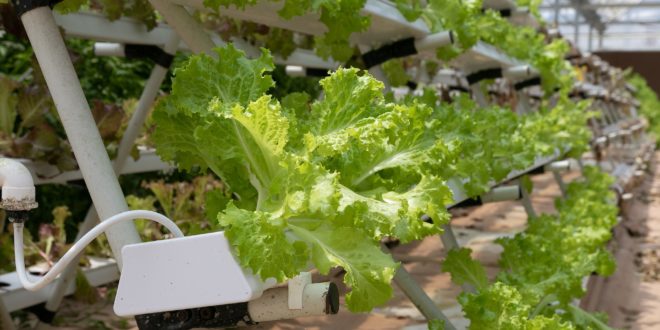Like so many people interested in living more sustainably, you’ve decided to create your own garden. And the excitement of seeing fresh fruits and vegetables on your property is like no other. But what if instead of seeing horizontal rows of produce you saw vertical rows — or walls — of produce surrounding you? That’s essentially what you get with hydroponics – specifically, vertical farming. This green technology is picking up steam among eco-friendly farming enthusiasts worldwide.

Hydroponics is the ability to generate a large number of crops using a relatively small footprint. Vertical farming in particular involves pumping water that is nutrient rich across plant-filled shelves. The shelves also feature lights at specific wavelengths that provide the plants with energy based on the types of plants they are and their growth stages.
A major reason why vertical farming is eco-friendly is that it is curbing the need to tear down trees to create farmland. In addition, this form of farming involves recycling water, so you end up using 95% less of it than you would with traditional commercial farming.
With hydroponics, you also gain the benefit of being able to grow your crops year round. If more people engage in vertical farming, this will reduce the need to transport fruits and veggies all over the world, which impacts the environment in a negative way. As a result, you can begin to eat fresh produce that has much smaller carbon footprint and thus avoid damaging the planet further in the years ahead.


